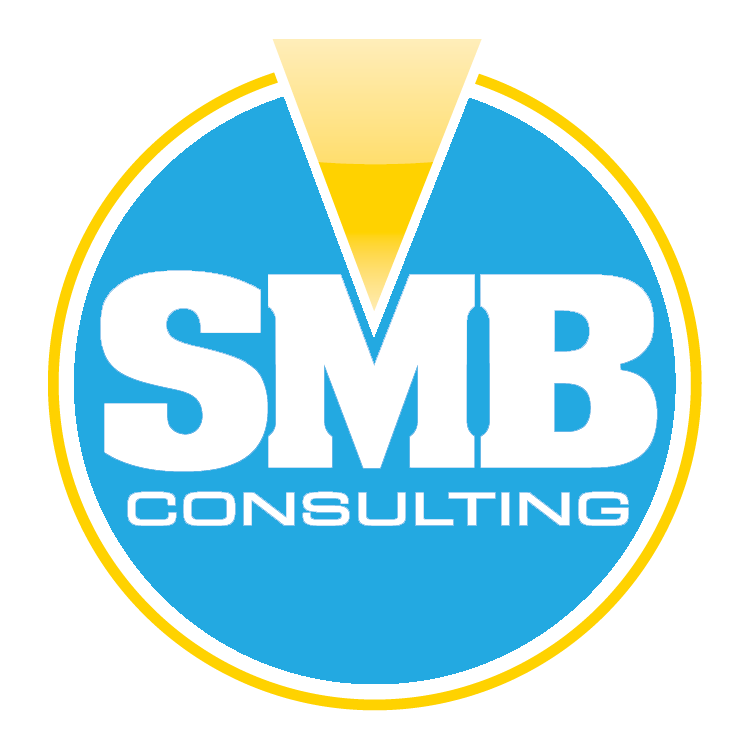This is step 5 of a five-part series on how new agents can successfully break into the real estate market.
Yesterday, I talked about the importance of nurturing your prospect list. Today, I’m going to shift gears and discuss what you need to do to build a referral-based business.
Last week, Mike asked me, “Where do you get the most bang for your buck in marketing?” Personally, I think there’s no question that it’s referral marketing. So why did I spend the last few days talking about building credibility, educating prospects, generating leads and following up consistently? Because when you’re starting out, those are the steps to building a referral-based business.
Most successful agents will tell you they get most of their clients through referral – and yet, a large portion of them spend considerable resources on prospecting and lead generation with only a small portion of their marketing budget going to cultivating referrals from past clients.
Initially, yes, you have to prospect because you need to build credibility and expertise. You need to learn the business cold, how to manage client expectations, and how to provide exceptional customer service. In other words, you need to get through The Dip (as Seth Godin calls it) – “the long slog between starting and mastery.”
Why Referral Marketing?
Most people erroneously believe that referral marketing doesn’t require much work. After all, if you do a great job, your clients should automatically refer people to you, right? If only that were true.
The truth is, creating a referral marketing system still requires all the basic principles of relationship marketing that I’ve previously talked about – except instead of focusing your attention on prospects, you create education-based marketing around past clients and continually follow up with a keep-in-touch strategy.
You might be asking – what could I possibly need to educate my past clients about? There’s always the local real estate market, local neighborhood events, or home improvement tips … but there’s also a great opportunity for you to promote other local businesses to start building a network of referral partners.
Once people move into a new home, there are quite a few things they might need: lawn care, landscaping, a swimming pool, new home additions, interior decorators, plumbers, electricians, and so on. You could easily interview any number of local business owners who would love exposure to your client list. With a bit of negotiation, you may even be able to get a referral fee from them for anyone who buys their services from your recommendation – thus giving you an added source of income.
Just as with prospecting, the more you follow up with clients and provide them with valuable information, the more likely you are to continue your relationship with them well after their home buying or selling process – and the more likely they’ll be to refer others to you.
How To Build a Referral Business
Building a referral-based business means you must focus on long term relationships rather than short term profits. Here’s what you need to do:
- Decide who your ideal clients are. – This is incredibly important because you must be able to communicate what types of people you want to work with to others. If you simply ask for referrals, chances are, you’ll get referrals that aren’t a good fit for you or who won’t translate into business.
- Fire (or refer out) any prospect or client that doesn’t meet your standards for an ideal client. – This can be difficult to do because no one likes to pass up work, but from a long-term perspective it’s essential. Bad clients are essentially psychic vampires – they consume as much of your resources as they can without giving you anything in return (aka referrals, positive recommendations, testimonials, or even a “thank you”). These types of clients might nickel-and-dime you, berate you for not doing something “their way,” complain about everything, or seem incapable of making a decision. In worst case scenarios, they demand so much of your attention that you don’t have time to provide exceptional customer service to those clients you like best – which doesn’t bode well for getting referrals in the long run, either.
- Focus on delivering an exceptional customer experience worthy of talking about. – In order to create Sneezers, Raving Fans, and Customer Evangelists who spread the word about you to everyone they know, you must make it easy for them to talk about you. You must give them stories to tell where they’ll look “cool” to their friends and family while showcasing what great client service you provide.
- Create incentives and make it easy for clients to refer business to you. – Give people a reason to refer business to you – such as by holding contests, offering free services with their vendor of choice (i.e. refer three clients and receive six months of lawn care), and holding client appreciation events.
- Keep in touch consistently – Just like with prospects, following up is key. At minimum, you should add them to your newsletter, but also add bonus perks and personal correspondence that they’ll appreciate.
Creating a referral-based business can be extremely rewarding personally. It also costs less than prospecting because these people already know who you are, have worked with you, and know why working with you was an excellent choice. And having others tell your story, rather than you telling it, adds considerable credibility – you must be good if others are talking about you.
Tomorrow, I’ll give you a bonus sixth step – how I’d spend Mike’s $2500 budget as a new agent.
